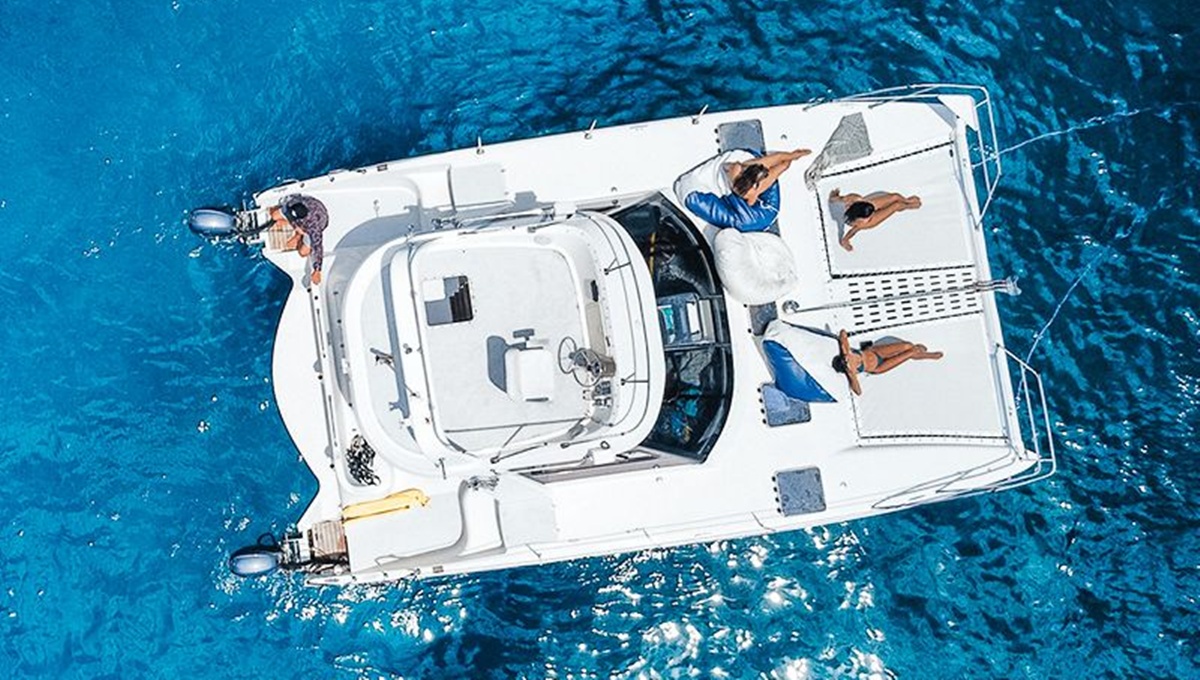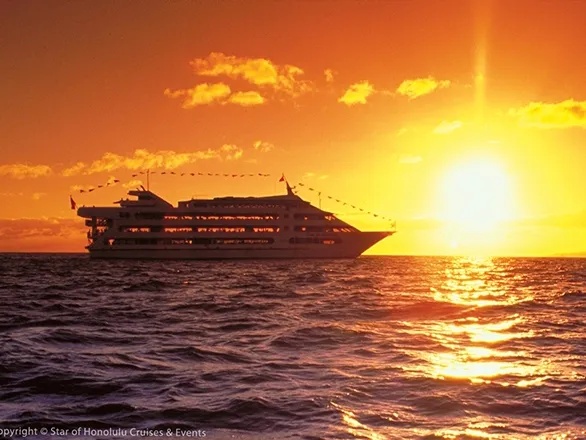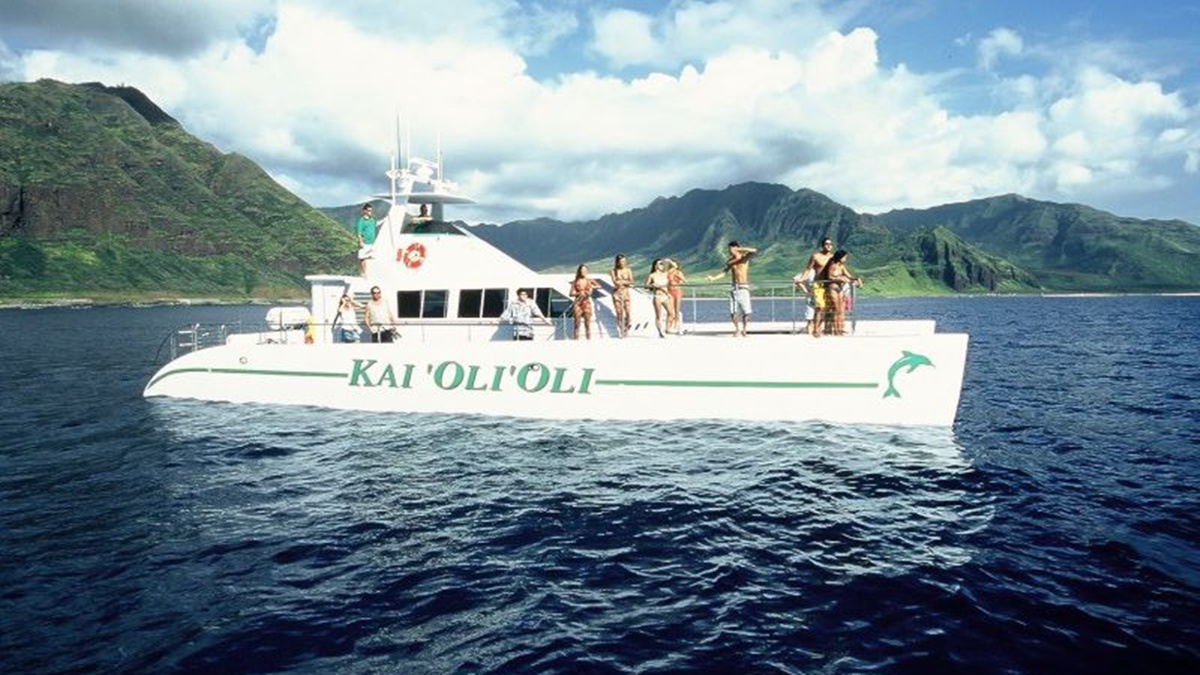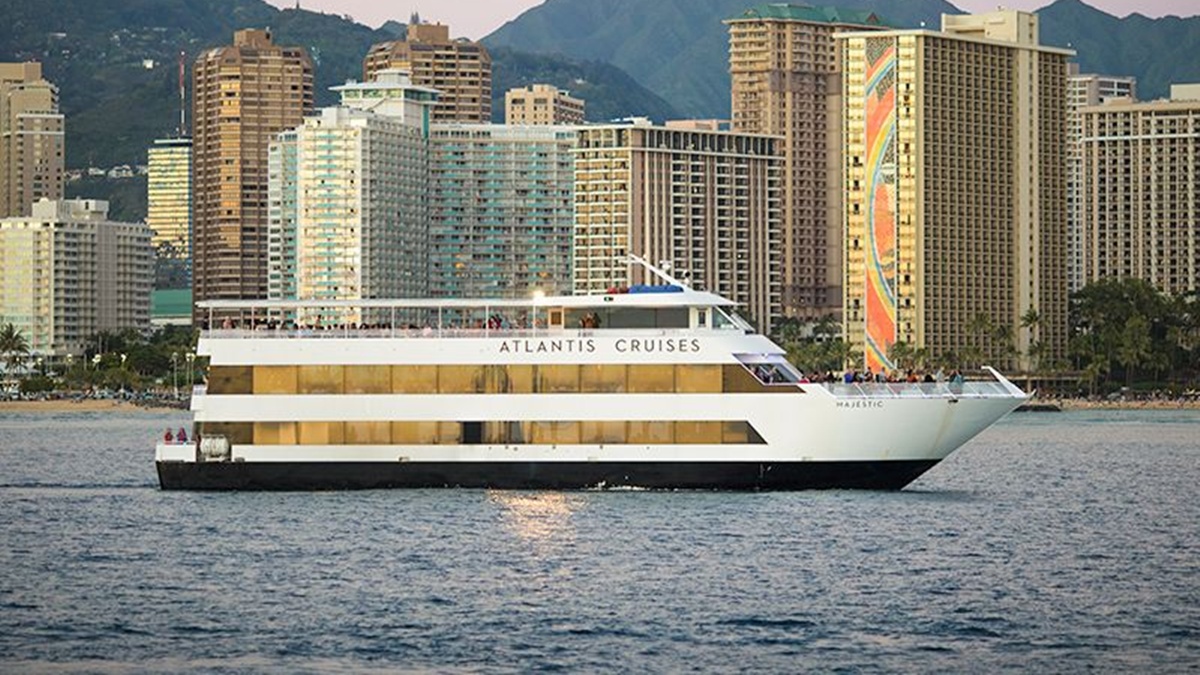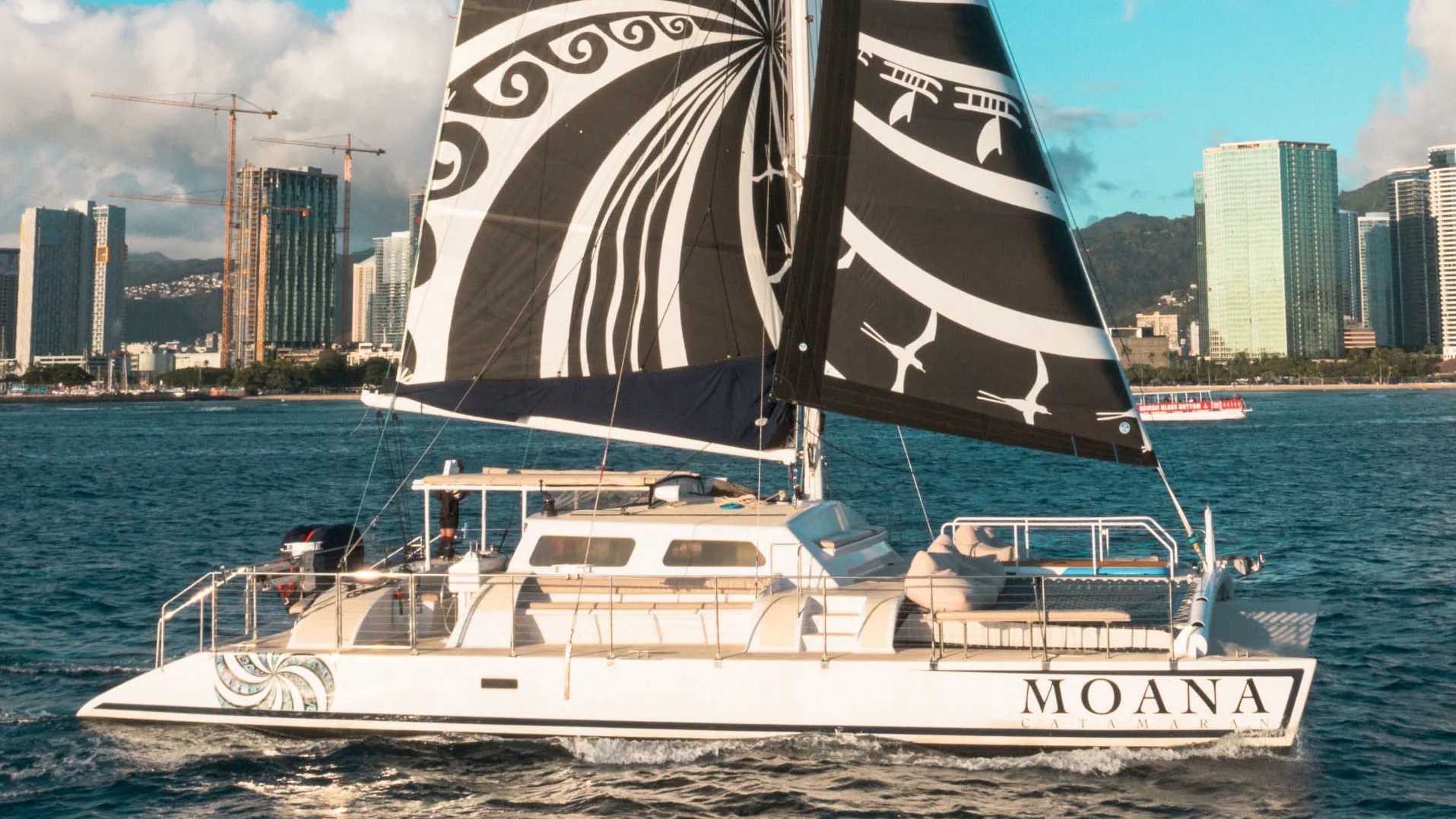
1. Waikiki Was Once Wetlands and Taro Fields
The name “Waikiki” translates to “spouting waters” in Hawaiian, a nod to the area’s original landscape of wetlands and streams. Long before luxury resorts and bustling streets, Waikiki was a marshy area filled with freshwater streams, wetlands, and lush taro fields. In the 1920s, to pave the way for urban development and address health concerns associated with mosquitoes, the Ala Wai Canal was constructed to drain these wetlands, transforming Waikiki into the vibrant district it is today. Over the years, as Waikiki developed into a resort town, the natural landscape was dramatically transformed, but remnants of its agricultural roots still exist today in the form of historic sites and cultural programs
2. Waikiki Was a Playground for Hawaiian Royalty
Ali‘i (chiefs and chiefesses) would visit Waikiki to relax and enjoy the ocean — especially to surf. Ancient Hawaiians were the original surfers, and Waikiki’s gentle waves made it the perfect spot for he‘e nalu (wave sliding). Kings and queens would ride long wooden boards carved from native trees, with surfing regarded not just as sport, but as a cultural and even spiritual practice. Today, the legacy of surfing in Waikiki lives on, with beginners and pros alike riding the same waves that once carried Hawaiian royalty.
3. Home to the Oldest Hotel in Hawaii
The Moana Surfrider Hotel, opened in 1901, stands as Hawaii’s first hotel and a testament to Waikiki’s longstanding appeal as a tourist destination. Often referred to as “The First Lady of Waikiki,” this historic hotel has witnessed over a century of change, offering guests a blend of Victorian elegance and modern luxury. Its enduring presence reflects the timeless charm of Waikiki.
4. Much of Waikiki Beach’s Sand Was Imported
While Waikiki Beach is famed for its golden sands, much of it is not naturally occurring. Over the years, significant amounts of sand have been imported to combat erosion and maintain the shoreline. In the 1920s and 1930s, sand was shipped from places like Manhattan Beach, California, and other Hawaiian islands to replenish Waikiki’s beaches. These efforts have been ongoing to preserve the beach’s allure for locals and tourists.
5. It’s a Series of Beaches
Many visitors are surprised to learn that Waikiki Beach is not a single stretch of sand but comprises multiple distinct sections, commonly recognized as Duke Kahanamoku Beach, Fort DeRussy Beach, Gray’s Beach, Royal Hawaiian Beach, Kuhio Beach, and others. Each offers a unique experience, from tranquil spots for relaxation to bustling areas perfect for people-watching.
Now that you’ve got the insider scoop, why not experience it in real life?
Join a Waikiki Sunset Cruise and see the legendary beach from the best seat in the house—the ocean. Sunset skies, island vibes, and maybe even a dolphin or two. Book your cruise now on HawaiiActivities.com and turn your fun facts into unforgettable memories.

